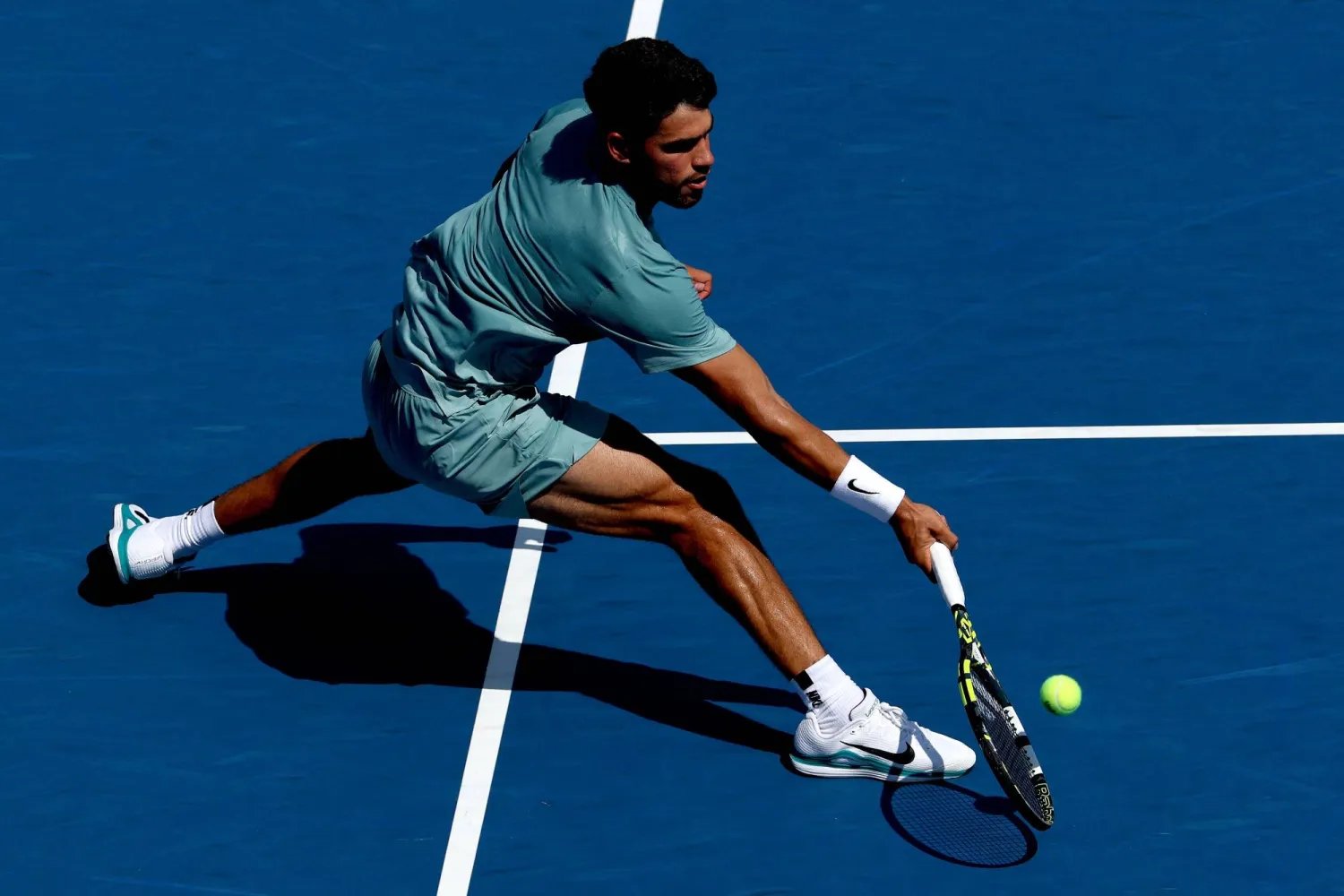What an amusing inevitability to learn that Phil Neville is the frontrunner for the job of managing the England women’s side. I very much enjoyed my colleague Louise Taylor’s report into the matter, which stated: “It is understood the 40-year-old’s name was initially suggested to the Football Association in a lighthearted manner by a well-known broadcaster at a drinks reception last month.”
This is my favourite How Job Applications Work story since George Osborne’s friends asked the former chancellor for his advice on their pitches for the Evening Standard editorship. Sorry, guys – he had a look at your proposals, but in the end the opportunity was just too good to pass up. A failed candidate for the Times’s graduate trainee scheme back in the day, he proceeded straight to newspaper editor.
Indeed, the latter tale was my favourite How Job Applications Work story since George’s pal Michael Gove decided to knife their other pal Boris Johnson during the post-referendum Tory leadership contest, justifying it thus: “I compare it to a group of people standing outside a collapsing building, wondering who is going to rescue a child inside. I thought: well, I don’t think I’ve got either the strength or the speed for this, but as I looked around, I thought, God, I’m at least as strong and at least as fast as the others. I’ve got to try to save the child.” To which the response turned out to be: police have arrested a 49-year-old west London man on suspicion of blowing up a building he later claimed to be rescuing a child from.
Anyway, back to the Neville appointment, reportedly almost a done deal. I suppose it’s one form of positive discrimination – the FA has refused to let Neville be held back by the fact he has never managed a football team, or by the fact he didn’t apply for the job.
Even so, plenty of people are wondering quite why he seems the best option for an FA supposedly committed to being less brutally self-parodic in 2018. In December, Baroness Sue Campbell – the head of women’s football – was acknowledging a problem with the lack of female applicants for the position: “It’s not about neglect,” she judged, “it’s more that we haven’t proactively gone out and tried to address the big issues. Now we are doing this.”
Alas, it looks like they haven’t quite done it in time not to have to parachute in a man who hasn’t managed before. Still, you have to admire the FA’s belief that the poor optics are worth it, so very soon after its handling of the Eni Aluko and Mark Sampson cases, which secured it that calamitous select committee appearance in October.
Anyone who cares about England football will wish Neville every success but let’s hope the FA devotes serious time to analysing why it has reportedly been rejected by the more qualified candidates it shortlisted. Fear of scrutiny is believed to be the main reason but should not have been insurmountable. If it has turned out to be, as seems the case, then that is a failing on the FA’s part. This is a great job. England are ranked No 1 in Europe and No 3 in the world, and after reaching both the last World Cup and Euro semi-finals will be regarded as having a good chance of winning the World Cup next year.
Furthermore, Sampson’s salary was said to fall between £100,000 and £150,000 a year, which – while a fraction of that paid to a series of underachieving coaches of the men’s side – isn’t too bad for a part-time job. I am sure Neville can see the opportunities of the position (just as I am sure he won’t be on a mere £150,000).
Perhaps the most controversial thing about the process of appointing the England manager, though, is that it is being managed by indestructible FA technical director Dan Ashworth. Inevitably, it is Ashworth who is said to have personally approached Neville.
Can it really be less than three months ago that people were describing Ashworth’s position as untenable, with Dame Heather Rabbatts rightly predicting nothing would change if he stayed in charge? And here we are. To imagine Ashworth’s position as untenable was always to fundamentally misunderstand the nature of British public life. Whole strata of it are full of chaps who have risen without trace and are seemingly unsinkable. They were being satirised by Anthony Powell in the character of Kenneth Widmerpool in 1951, being a recognisable character type even then.
Ashworth looks just this stripe of overpromoted middle-manager, whose wanly spreadsheeted demeanour belies the fact he would likely survive a nuclear apocalypse. After he has tired of the FA, you can absolutely imagine Dan being brought in at boggling cost to solve some vast and intractable problem of the British state – the housing crisis, say. There is a rich tradition of it – think of his spiritual predecessor John Birt, who was once simultaneously thinking of blue-sky solutions to violent crime and a transport crisis, as well as revolutionising the NHS.
In a self-penned article for the FA website, snuck out in the dead zone between Christmas and New Year, Ashworth would merely concede that “lessons have to be learned” – that classic passive formulation which deliberately avoids making himself the subject of the verb. And yet, if not by Ashworth, then by who? Answers on a postcard – though not, of course, on a successful job application.
The Guardian Sport







